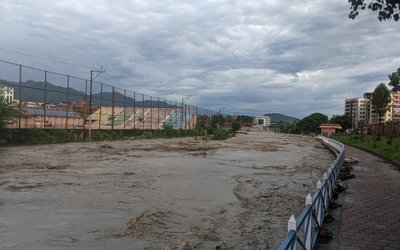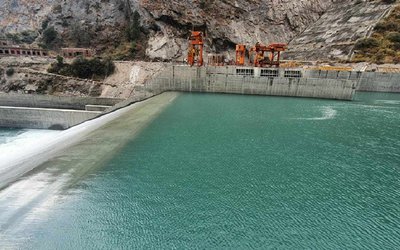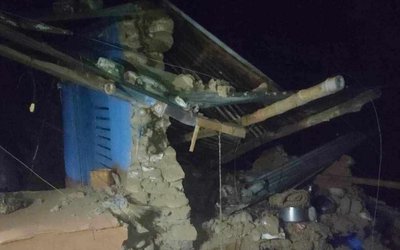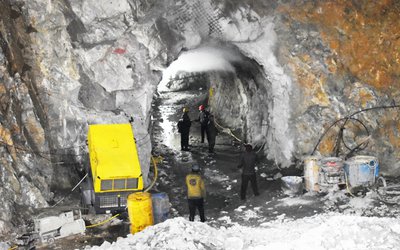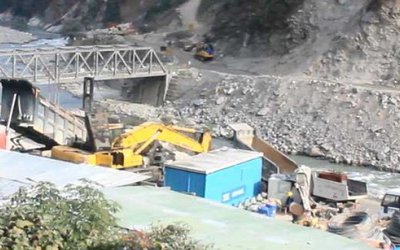
As the Indian contractor Telmos Electronic has almost completed the construction of the 220 kV substation which converts high voltage electricity to lower voltage electricity for distribution to customers, the Nepal Electricity Authority (NEA) plans to start charging the Dhalkebar substation this month.
The state-owned power utility hired the Indian company after firing the original Chinese contractor to complete the remaining tasks. Telmos Electronic is about to complete the wiring on the control panel and the construction of a road inside the substation compound, according to the NEA. It has already pulled overhead cables and finished laying cables in the trenches.
The Chinese company was fired for delays after finishing most of the work. Around 5 percent of the construction work remained to be done when it was dismissed. The NEA appointed Telmos Electronic in February 2018 providing it four months to complete the remaining tasks. As per the Rs128 million contract signed with the NEA, Telmos Electronic is required to complete the substation by the first week of June.
However, Telmos Electronic asked for extra time as it had to replace various equipment imported by its Chinese predecessor. “As a majority of the tasks have been completed, we will be able to start charging the substation by mid-July,” said Radhe Sharan Mahato, the NEA appointed project chief of the Dhalkebar Substation Project.
Once the substation is charged at 220 kV, the power utility can increase energy imports over the Dhalkebar-Muzaffarpur cross-border transmission line. Currently, the NEA can import up to 160 MW of electricity over the power line. After the completion of the 220 kV substation, the power utility can boost imports by 120 MW during the dry season.
According to a report published in The Kathmandu Post, the substation will also be vital to evacuate the power generated by the 456 MW Upper Tamakoshi Hydropower Project which is on the verge of completion. The surplus power produced during the wet season can also be exported to India through the power line.
- Thai Investors Show Willingness For Investment
- Apr 04, 2025
- South Korea's Constitutional Court has upheld President Yoon Suk-yeol's impeachment
- Apr 04, 2025
- Weather Forecast: Partly Cloudy In Bagmati, Gandaki And Koshi Provinces
- Apr 04, 2025
- PM Oli Meets Myanmar Prime Minister Hlaing
- Apr 03, 2025
- Prime Minister Oli and Sri Lankan PM Amarasuriya hold meeting
- Apr 03, 2025
